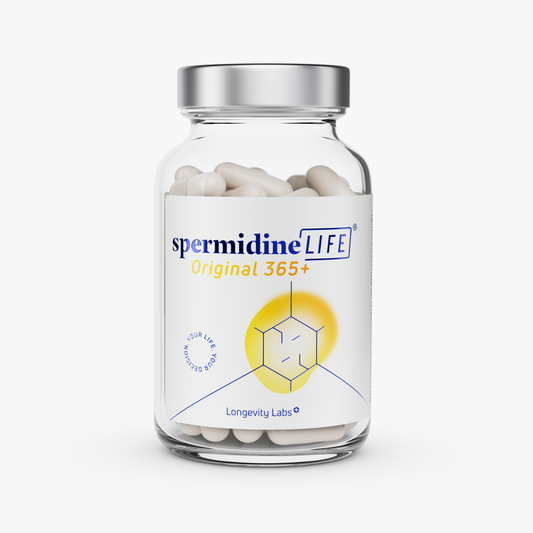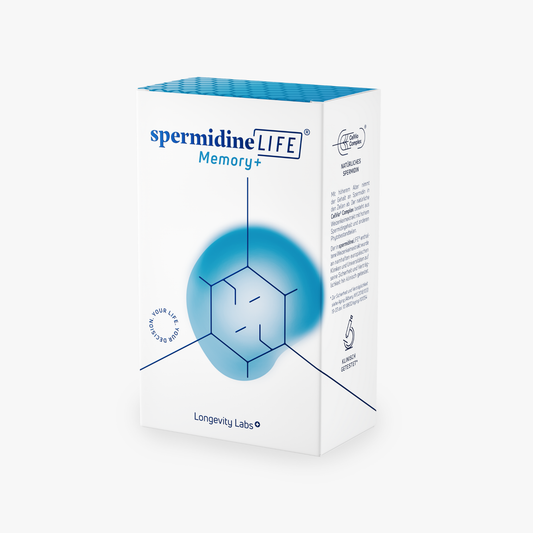
Different types of autophagy
Biohacking,Fitness,Science, TLL LongevityLabsThe body's own process of autophagy (ancient Greek for "self - (auto) eating (phagein)") is a type of cell recycling process in which the cells break down damaged or unusable cell components and generate energy from them.
Damaged cell components contribute significantly to the development of age-related diseases. By recycling the old cell components, the cellular metabolism is promoted and the cell is kept young and healthy. Functioning autophagy is therefore essential for protection against disease.
There are various types of autophagy, which differ depending on the mechanisms and cell components involved.
Here are the 3 main forms of autophagy:
Macroautophagy:
Macroautophagy is the best known and most studied form of autophagy. Here, cell material that is to be broken down is enclosed in vesicles surrounded by a double membrane, the so-called autophagosomes. These autophagosomes then fuse with lysosomes containing digestive enzymes to break down and recycle the contents.
Microautophagy:
Unlike macroautophagy, in microautophagy the lysosomes directly envelop the material to be disposed of. This process involves folding in parts of the cell membrane to transport the material into the lysosome where it is broken down. Microautophagy occurs mainly in yeast cells, but it is also observed in higher organisms.
Mitophagy & chaperone-mediated autophagy (CMA):
Mitophagy belongs to specific autophagy (mitochondria only). However, there are also other organelles (e.g. the endoplasmic reticulum). Chaperone-mediated autophagy (CMA), like mitophagy, belongs to specific autophagy. Here, proteins with a specific amino acid sequence are the target. CMA is particularly important for eliminating damaged proteins.
These different types of autophagy are multi-layered and complex. They all serve to keep the cell clean and functional by degrading and recycling damaged or unneeded components. The discovery and study of these processes has provided important insights into the functioning of cells and their ability to adapt.






